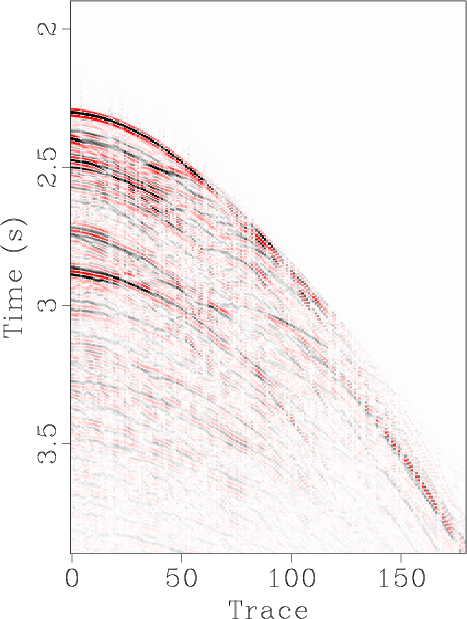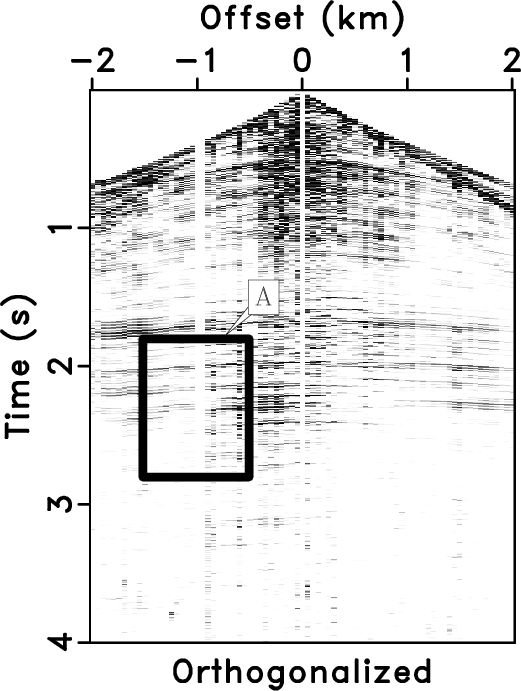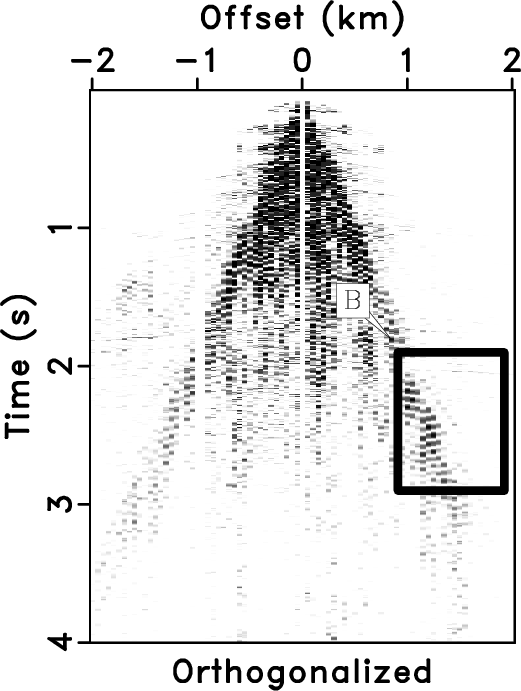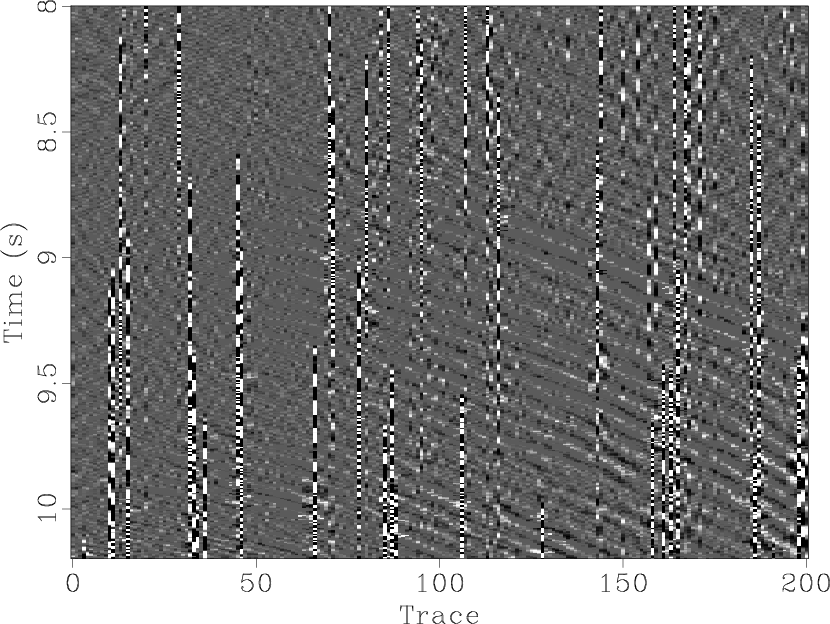The November 2015 issue of The Leading Edge contains an article about Madagascar: The Genesis of Madagascar by John Holden.
In July 2014, an unusual meeting took place at Rice University in Houston, Texas. Two dozen participants from numerous organizations gathered in a conference room for a workshop. Instead of the usual presentations and long talks one associates with scientific workshops, the participants immediately broke into small teams and gathered around laptop computers to write software code. Intense code-hacking sessions were interrupted only by necessary group discussions. This was the second “working workshop” of the Madagascar open-source software project.

One of the article’s features are user testimonials:
William W. Symes, Noah Harding Professor in Computational and Applied Mathematics and professor of earth science at Rice University, Houston, says, “I use Madagascar for everything! All of my computational research projects and those of my students take advantage of both the utility side of Madagascar (that is, its many useful commands for data manipulation and processing) and the reproducible research side. I have been convinced since learning the concept from J. F. Claerbout many years ago that reproducible research, in the sense epitomized by Madagascar, is not just an intellectually satisfactory mode (arguably the only such) for computational science research but a tremendous labor saver. Over the years, I have built a number of my own reproducible research (RR) frameworks but junked them all in favor of Madagascar several years ago. The utility suite is an incredible achievement, but the truly exceptional feature of Madagascar, in my opinion, is the suite of reproducible research tools. These are based on a full-featured language (Python) making them easily extensible, and they integrate TeX shell commands and (increasingly) HPC tools — this integration makes Madagascar the most powerful realization of the reproducible-research concept of which I am aware. It doesn’t solve all of the problems of RR — notably, the inability of software to keep itself maintained without human intervention — but it represents a quantum leap beyond other RR frameworks.”
Yang Liu, professor at the College of Geo-exploration Science and Technology, Jilin University, China, says, “I am using Madagascar software to implement new research ideas and provide reproducible examples for techniques in oil-gas exploration. For me the most attractive feature of the Madagascar open-source software is its reproducibility of computational modules, data-processing scripts, and research papers. Anyone could generate all examples and papers just by using several simple commands. The software package is also well maintained, and there is a group of developers who are continuously contributing their codes, which keeps the Madagascar software up to date. Many natural phenomena, including geologic events and geophysical data, are fundamentally nonstationary. So figuring out how to recover nonstationary signals from a noisy environment is a persistent problem in my field. We developed a 3D t-x-y adaptive prediction filter (APF) for random-noise attenuation in seismic exploration. The method is also able to deal with random noise in other fields, e.g., imaging processing. The core of the proposed method is based on existing source codes in the Madagascar environment. Therefore, we can implement the new theory in a short time. The computational modules and the corresponding paper are also reproducible in the updated Madagascar software package.”
Jeffrey Shragge, Woodside Professor of Computational Geoscience at the School of Earth and Environment/School of Physics, University of Western Australia, says, “My students and I use Madagascar for an integrated R & D environment on all aspects of my research. We develop and apply codes within the $RSFSRC/user/area and port these over to our R & D and local public (termed IVEC) HPC clusters. We are integrating Madagascar into our teaching through developing reproducible seismic labs. The package is unique because it integrates all of my R & D activities — code development, testing and verification, development of examples, easy extension to interface with HPC cluster systems, writing of manuscripts, etc. Most important, all of these activities can be undertaken in a reproducible environment. We have used codes written in the Madagascar package to address what type of microseismic signals we would expect from a large CO2 project being developed south of Perth. This required performing large-scale 3D elastic modeling on grids of the size 20003 using MPI+OpenMP codes developed using the Madagascar API. We have also used various Madagascar 2D/3D seismic-imaging codes for imaging geologic structures at this site to help prepare for pilot CO2 injection studies. We also use Madagascar for various near-surface geophysics investigations, including archaeological and forensic projects throughout Western Australia.”








